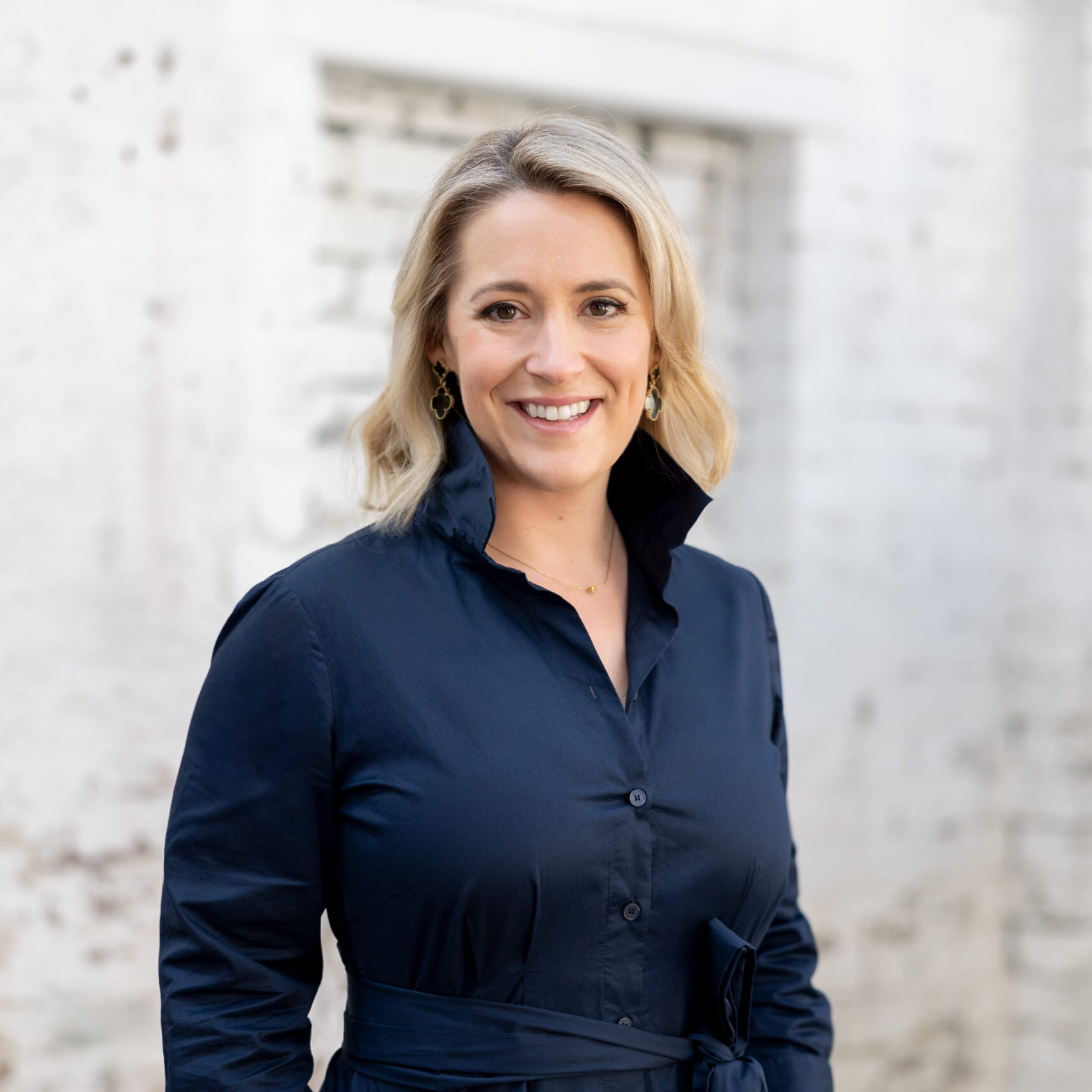
In Conversation with Karen Webster

Where do you work and what do you do?
I am the Dean and Principal at LCI Melbourne – LCI is a global network of 23 campuses around the world specialising in design and art education.
Tell us about yourself.
My role is a combination of academic, innovator, advocate, mentor and leader. Prior to joining LCIM I worked as the Design Director of Buzz, a global design group based in Melbourne. Previously I held senior positions in academia at RMIT University and the Whitehouse Institute of Design. From 2005 to 2010 through an industry secondment from RMIT I took on the role of the Director of the L’Oréal Melbourne Fashion Festival.
I have held numerous Board positions including a founding board member of the Melbourne Fashion Festival plus Victorian Design Week, the Australian Design Alliance, Balletlab, Melbourne Spring Fashion Week, the State of Design Festival, the Design Research Institute and the Positive Body Image Advisory Panels for State and Federal Governments. In 2010 I was appointed the first female Board Director of the Council of the Textile and Fashion Industries of Australia and as part of this role was appointed the Chair of the Australian Fashion Council.
I started my creative career as a fashion designer working in London, Melbourne and Sydney and for many years worked as a strategic and design consultant including the Australian representative for Studio Edelkoort based in Paris. In 2012 I was inducted to the Fashion Hall of Fame awarded in Melbourne.
What changes have you seen in the creative industry since starting out? The good, the bad and the ugly.
Three significant changes:
The first is the speed at which designers are required to work, fast and fabulous is the norm and this has an impact on creative practitioners being able to develop, reflect, respond and improve concepts. Despite cultural trends to embed slow movements designers have had to sharpen their ability to respond quickly and generate ideas at an exceptional pace.
The second relates to the above, not only is there the advent of speed but the accumulation of mass. High consumption and speed to market has left us with the bombardment of stuff leading to unsustainable practices. I am optimistic that customers and designers are questioning this massive shift and considering the creation of magic (which, is what great designers do) to be an alternate paradigm.
The third shift is global connectivity, the digital age has empowered us and now we can be a designer working in our home studio here in Melbourne designing for anyone anywhere and anytime. The world has opened up. From travel to global markets and online sales channels the world is our oyster.
How do you stay relevant in todays creative industry?
Read and listen, read and listen, read and listen (then repeat). I am an avid reader from blogs, media (old and new) through to books, magazines and websites. I search out great sources of knowledge – like IDEO, Future Laboratory and locally Inventium, who constantly trigger fresh ways of seeing the world. My greatest inspiration however comes from students and colleagues. I surround myself with ideas generators and together we bounce off each other.
Tell us what you are currently working on?
The next generation design degree. I am enthralled in the construct of what Li Edelkoort calls Hybrid Design and that we can no longer focus on silo disciplines. The creative industries of the future will be a fusion of ideas that surf across and beyond traditional design categories. We need to prepare our next generation of designers for this. Watch this space!
What would your advice be to a young creative looking to break into the industry in 2019 and beyond?
Be a sponge! Absorb, listen and engage. With the speed and intensity that we need to work, developing the skills to be on alert and absorb knowledge around you will help build strengths and the familiarity to feel confident. Connect and talk to as many experts available, this builds knowledge and networks. From this, understand the distinction between working harder and working smarter. Everybody can work hard but working smart is unique.
Share it around…






